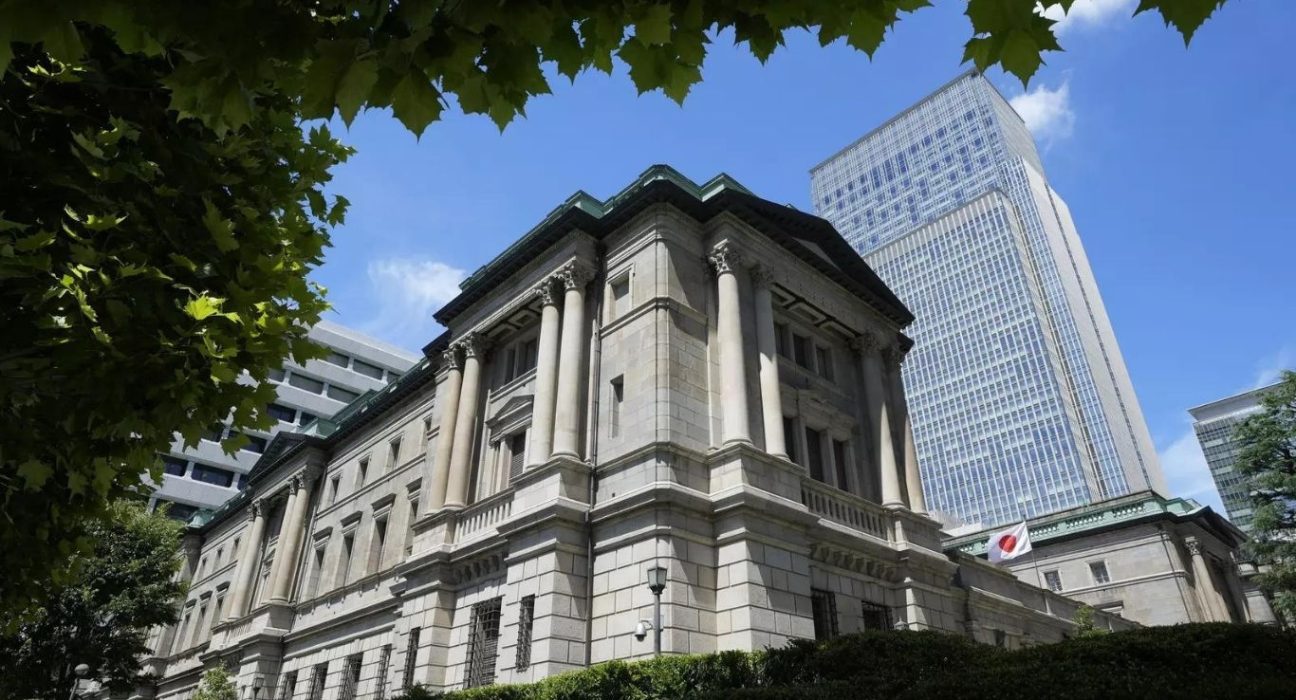Bank of Japan (BOJ) Governor Kazuo Ueda announced on Tuesday that the central bank plans to end its yield curve control policy and start shrinking its balance sheet once prospects for inflation sustainably hitting its 2% target heighten.
Ueda made this statement during a parliamentary session where he also mentioned that Japan’s economy is picking up and inflation expectations remain at high levels.
Positive Signs in Trend Inflation
The BOJ Chief also stated that they are seeing some positive signs in trend inflation, including inflation expectations. This could be an indication that Japan is on its way to meeting its inflation target, which has eluded the country for many years.
This news from the BOJ comes after a series of economic indicators have shown some progress in Japan’s economy, including an increase in consumer spending and a rise in industrial output.
Yield Curve Control Policy
The BOJ’s yield curve control policy was introduced in September 2016 as part of the bank’s efforts to achieve its inflation target. The policy aims to keep 10-year Japanese government bond yields at around 0% by adjusting its bond purchases.
The bank’s balance sheet has swelled under the yield curve control policy, with its total assets reaching a record high of 747 trillion yen ($6.8 trillion) in March 2021. This is equivalent to about 150% of Japan’s gross domestic product (GDP).
However, the BOJ’s efforts to achieve its inflation target have been hampered by a combination of factors, including weak consumer spending, low wage growth, and the impact of the COVID-19 pandemic on the global economy.
Shrink the Balance Sheet
Ueda’s announcement that the BOJ plans to end its yield curve control policy and start shrinking its balance sheet is a significant move for the central bank. It suggests that the bank believes that the Japanese economy is on the path to recovery and that inflation is likely to rise sustainably in the near future.
Shrinking the bank’s balance sheet could help the BOJ to normalize its monetary policy and reduce its exposure to riskier assets. It could also help to alleviate concerns about the bank’s ability to maintain its monetary stimulus program over the long term.
Conclusion
In conclusion, the BOJ’s announcement that it plans to end its yield curve control policy and shrink its balance sheet is a significant development for Japan’s economy. It suggests that the country is on the path to recovery and that inflation is likely to rise sustainably in the near future.
However, the bank’s efforts to achieve its inflation target remain a challenge, and it will be important to monitor the impact of the BOJ’s policy changes on the Japanese economy in the coming months and years.










